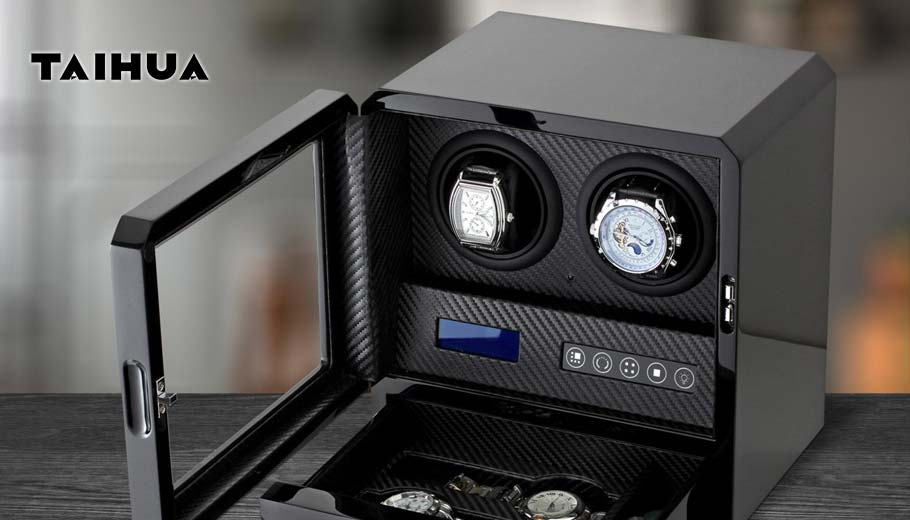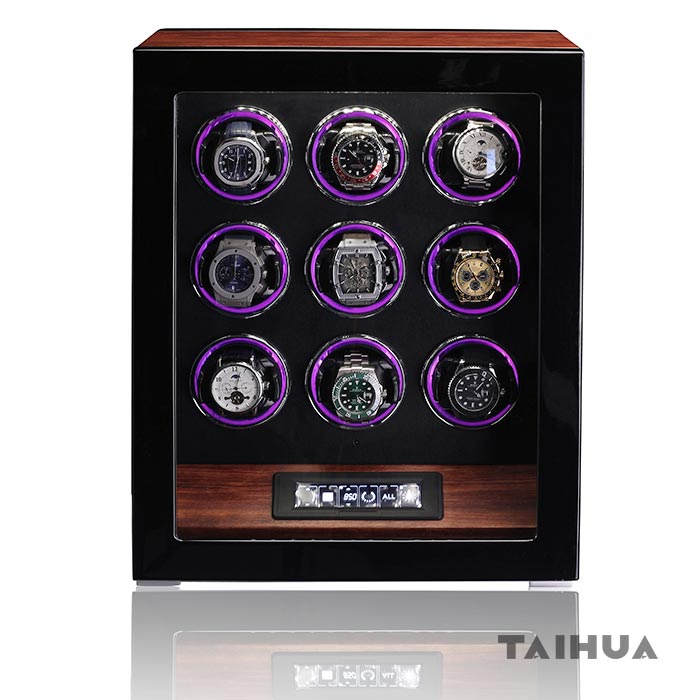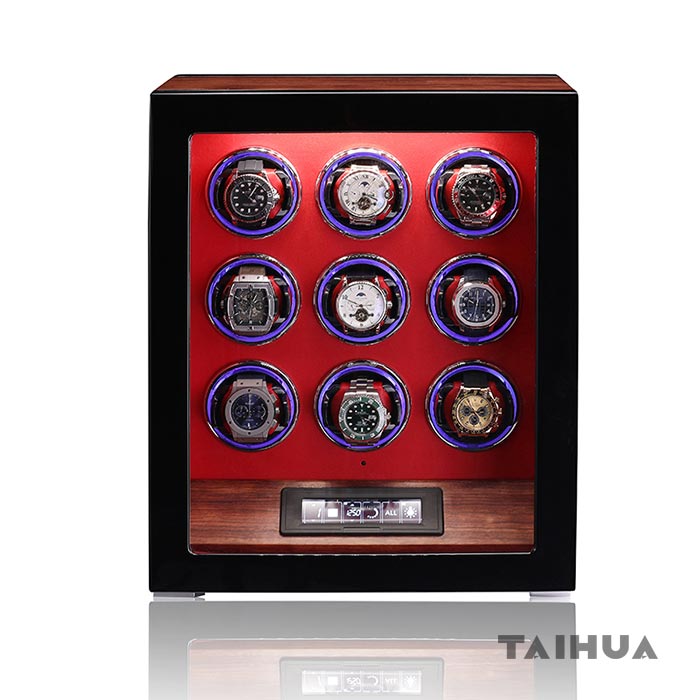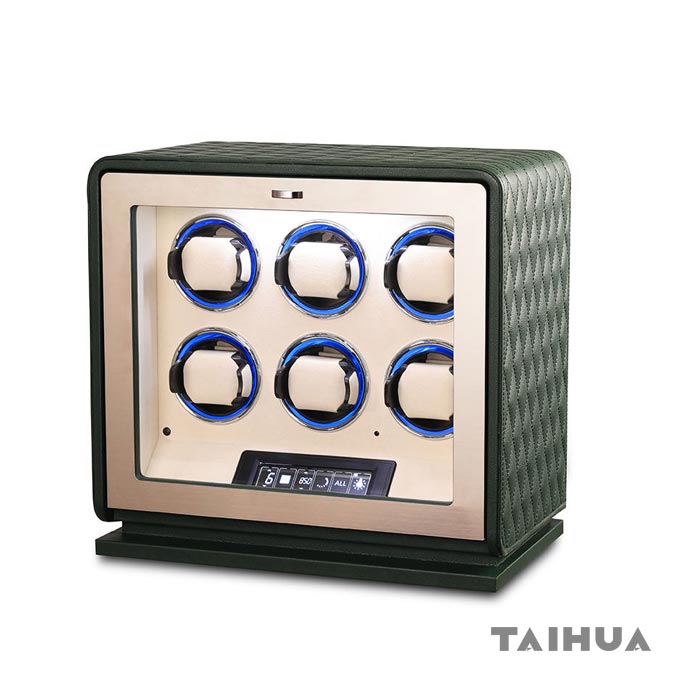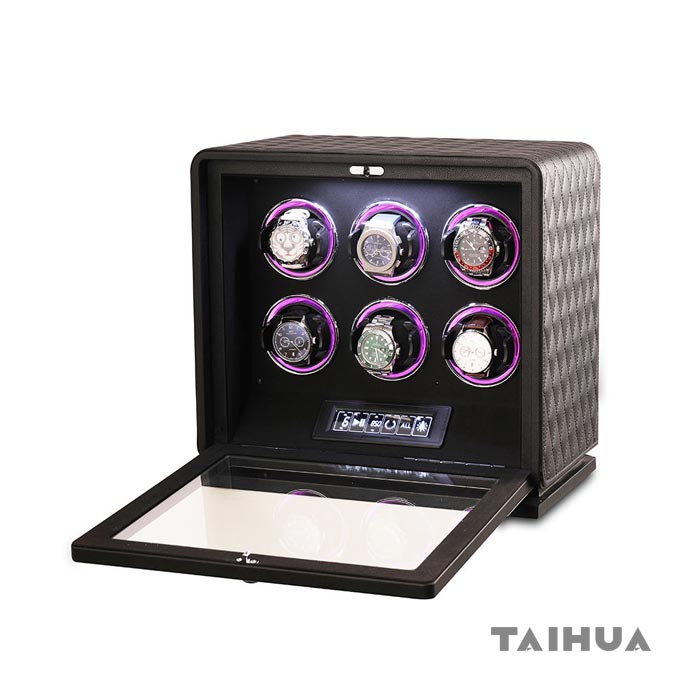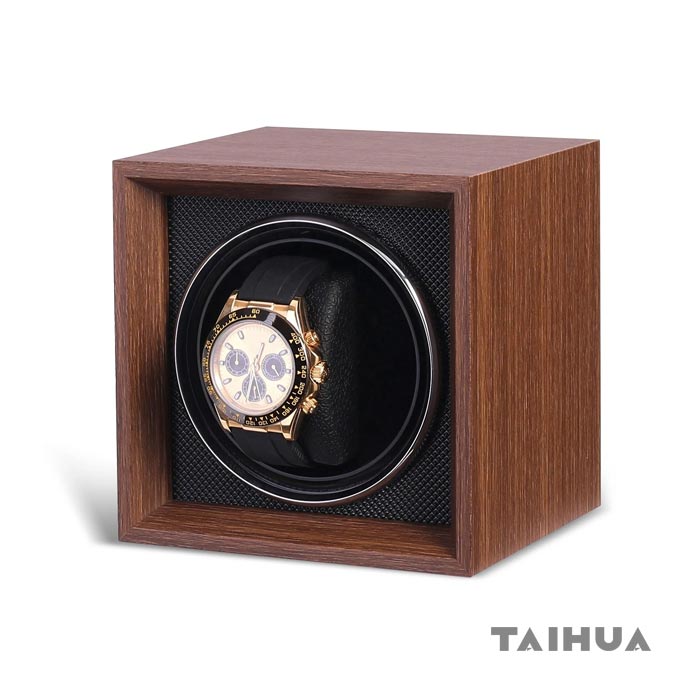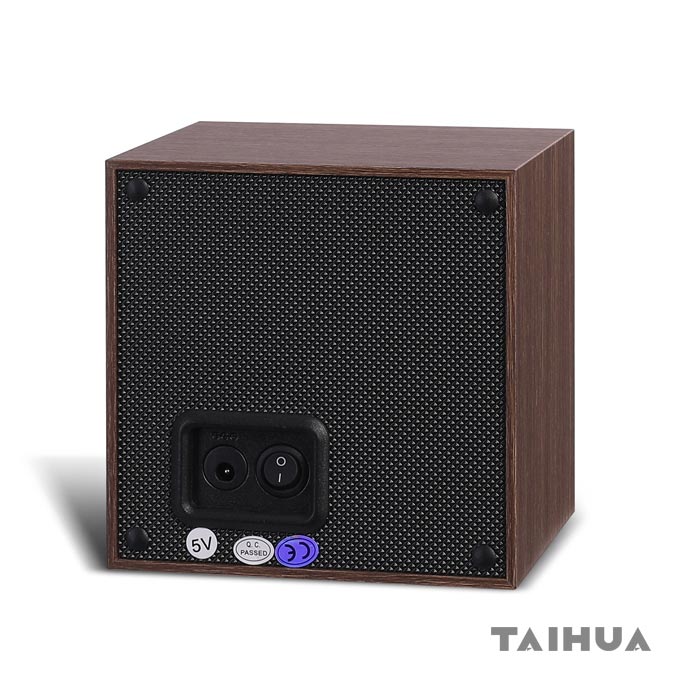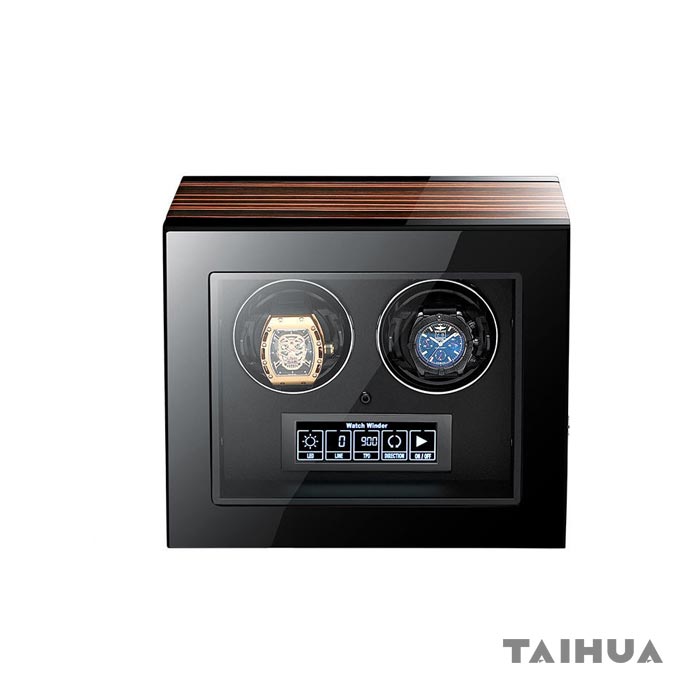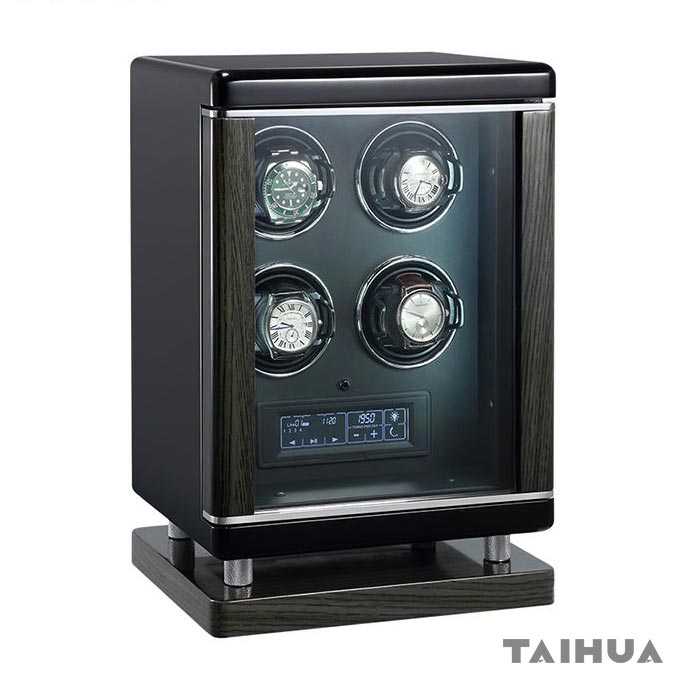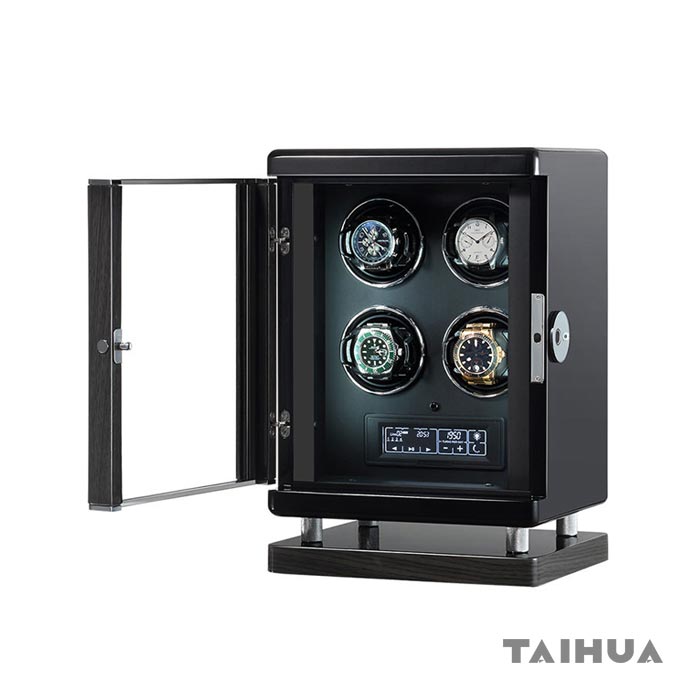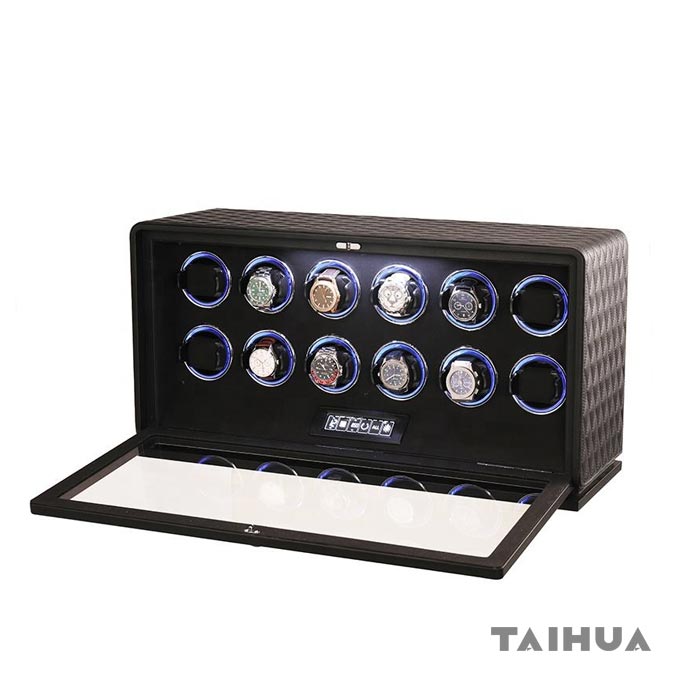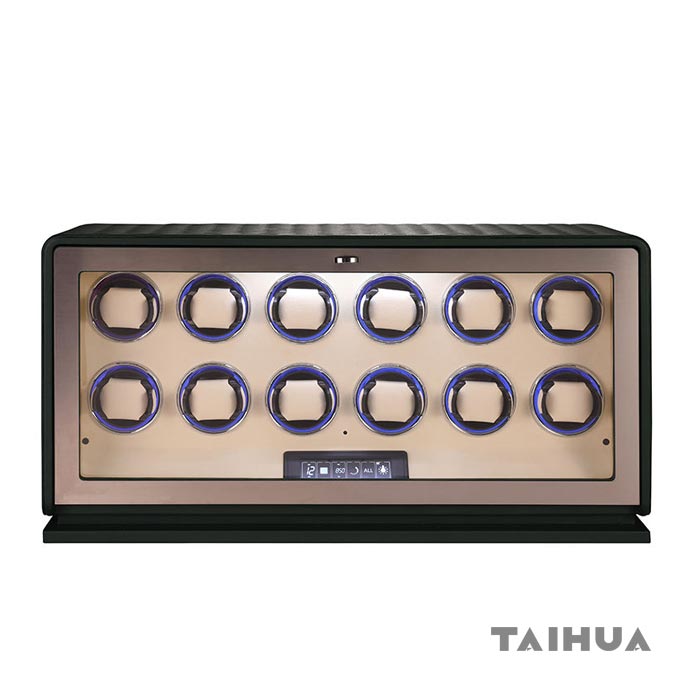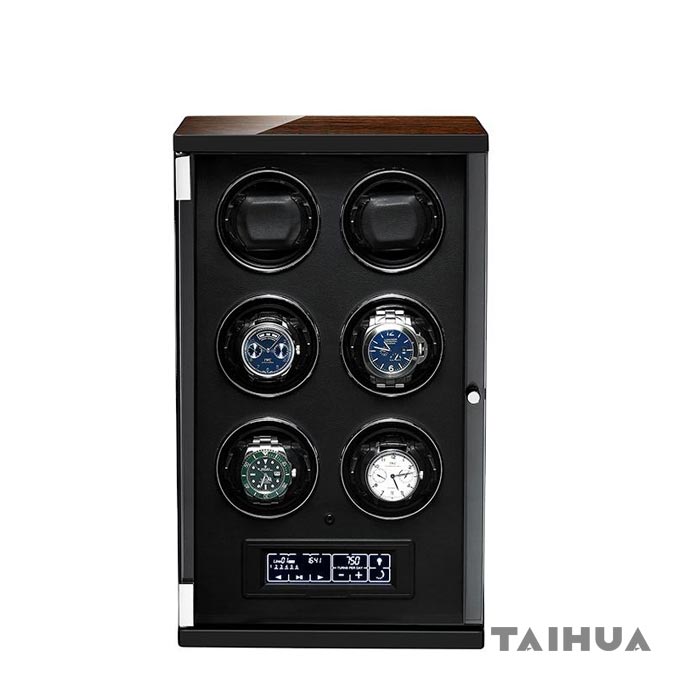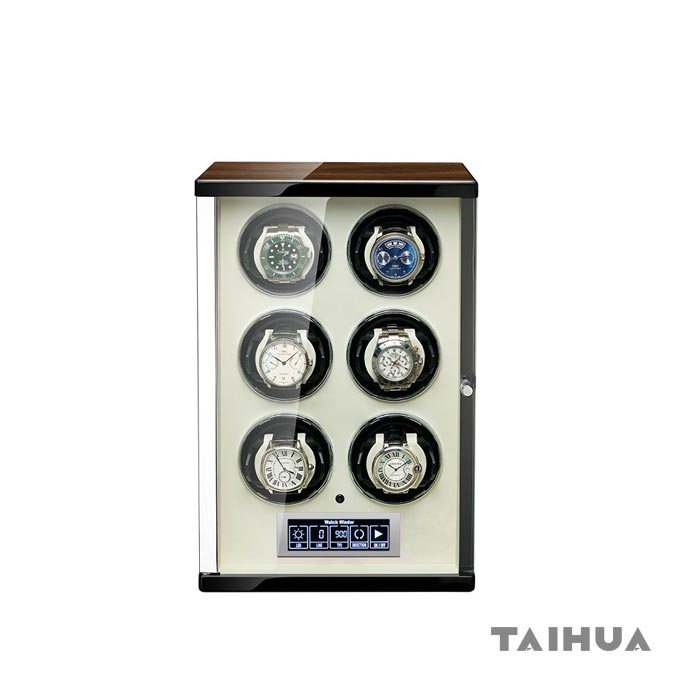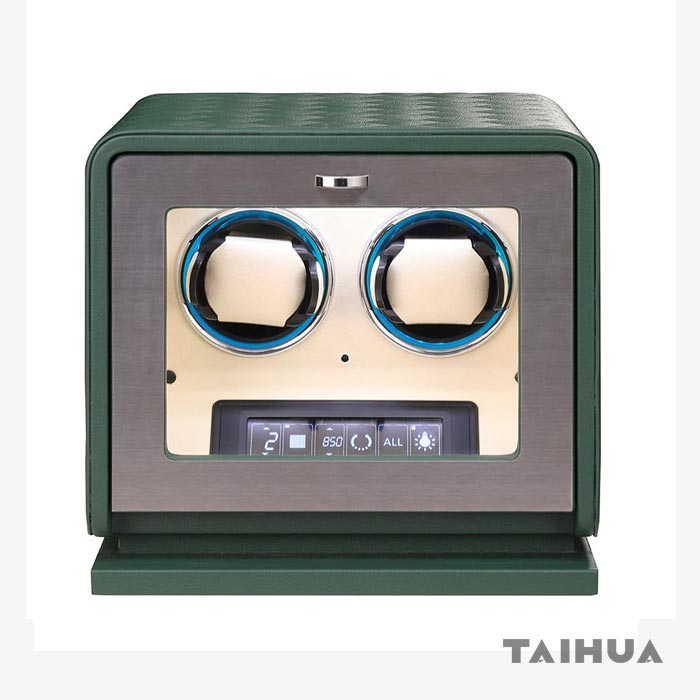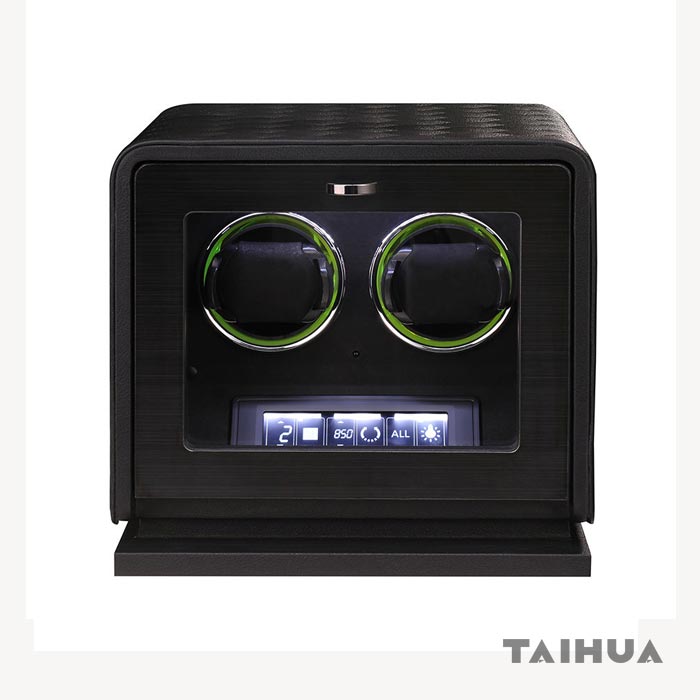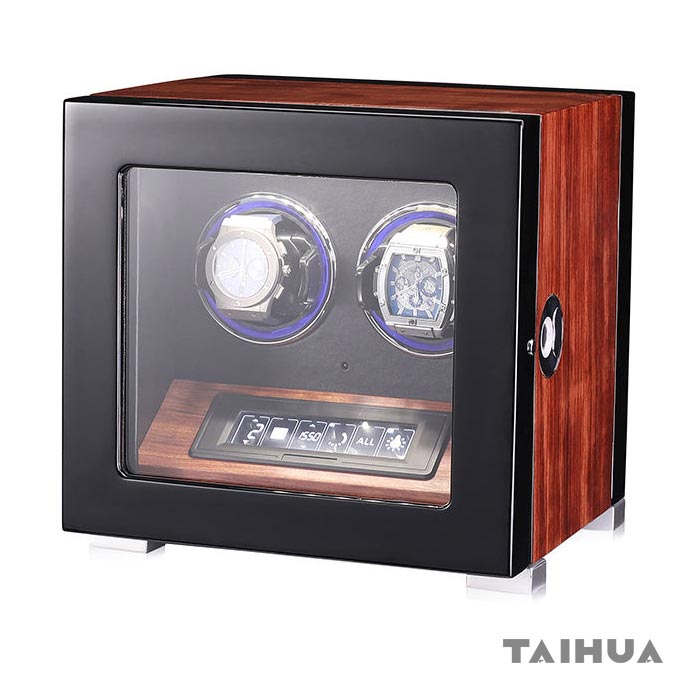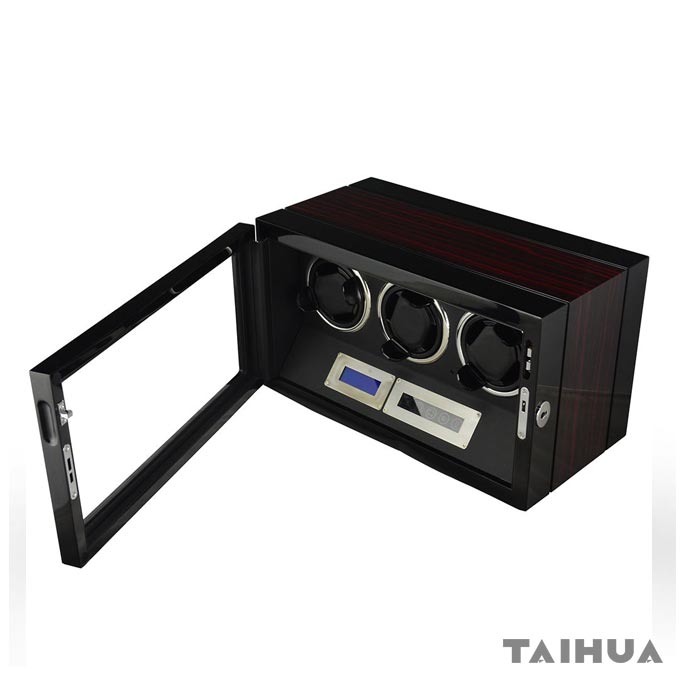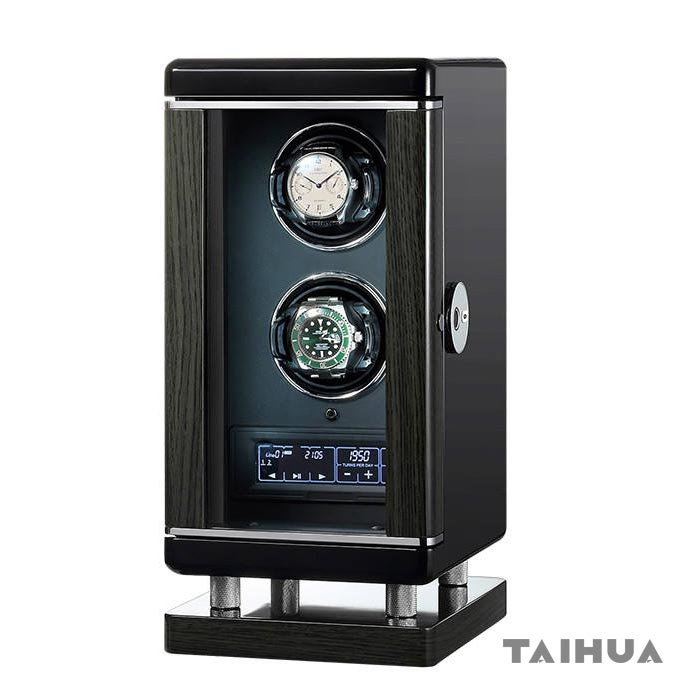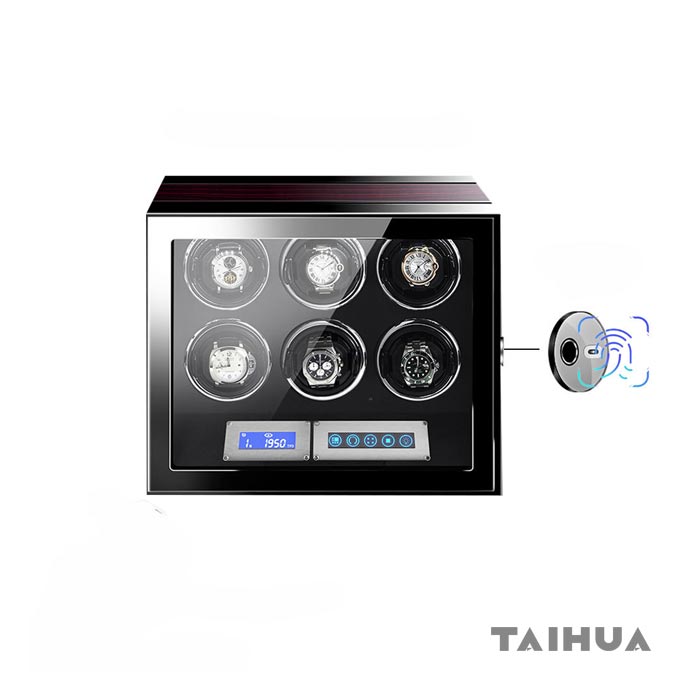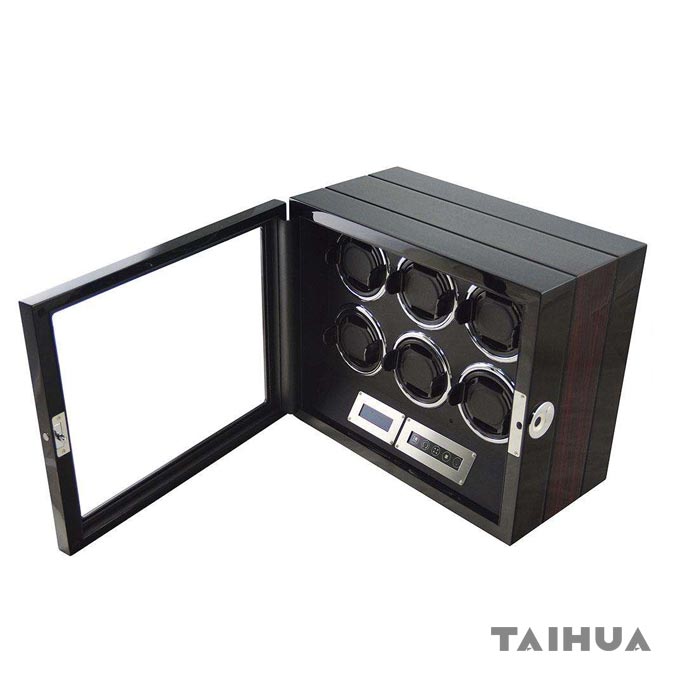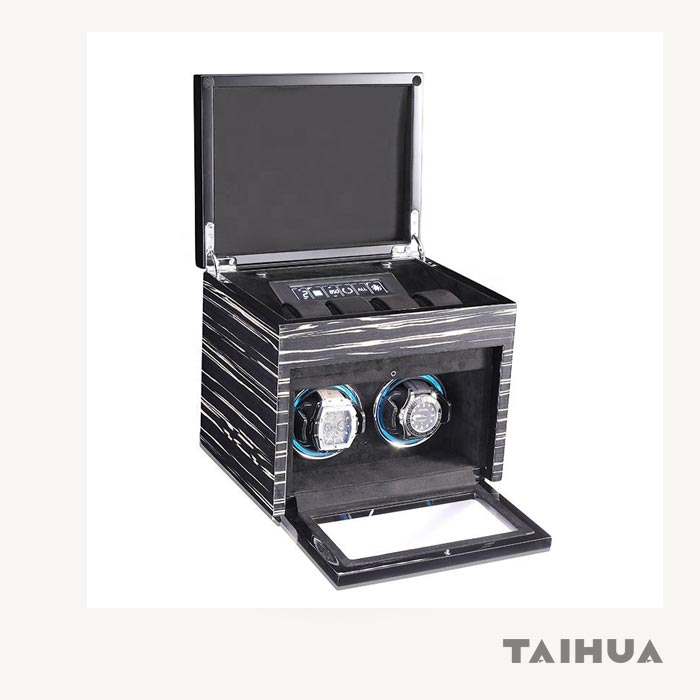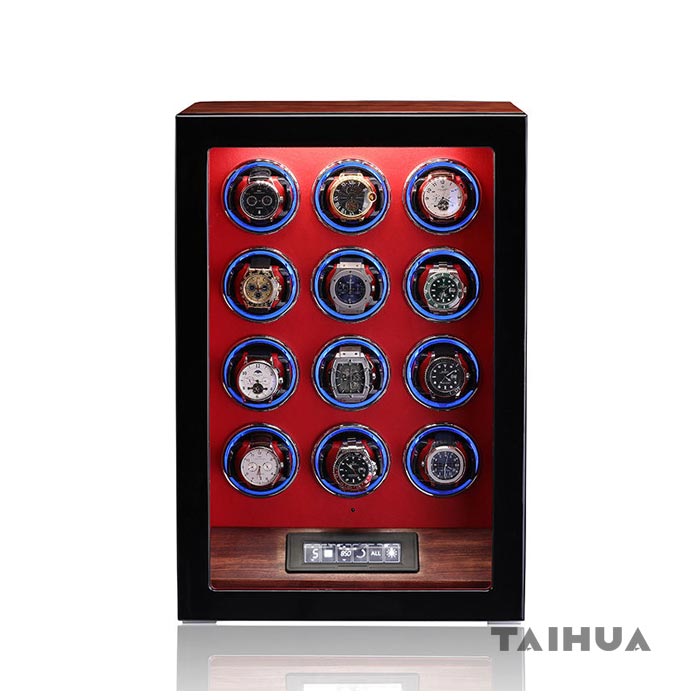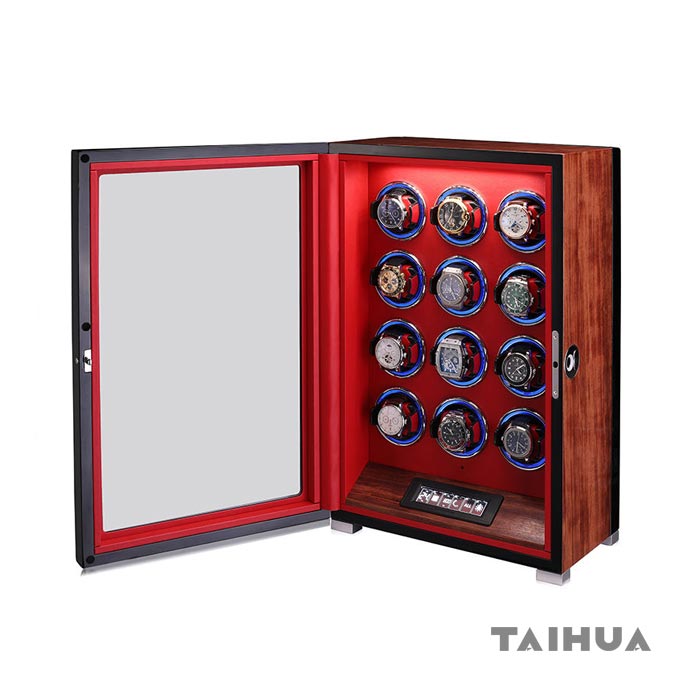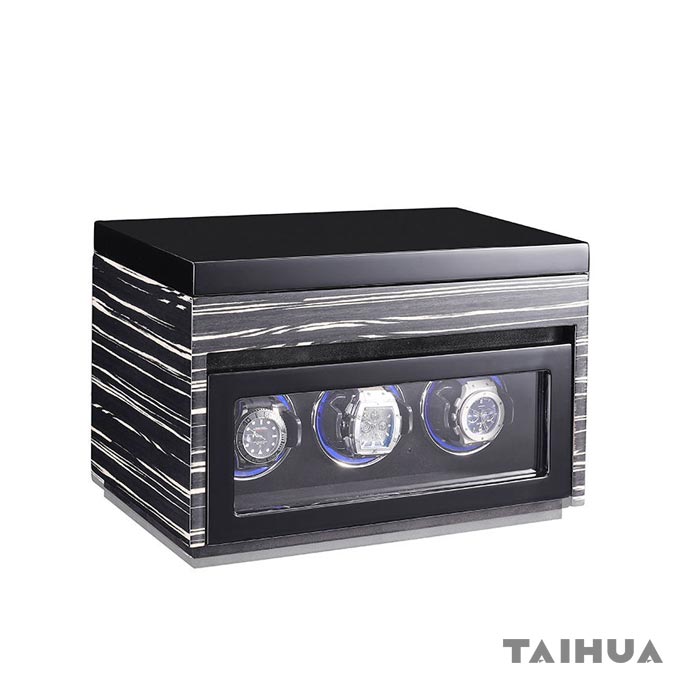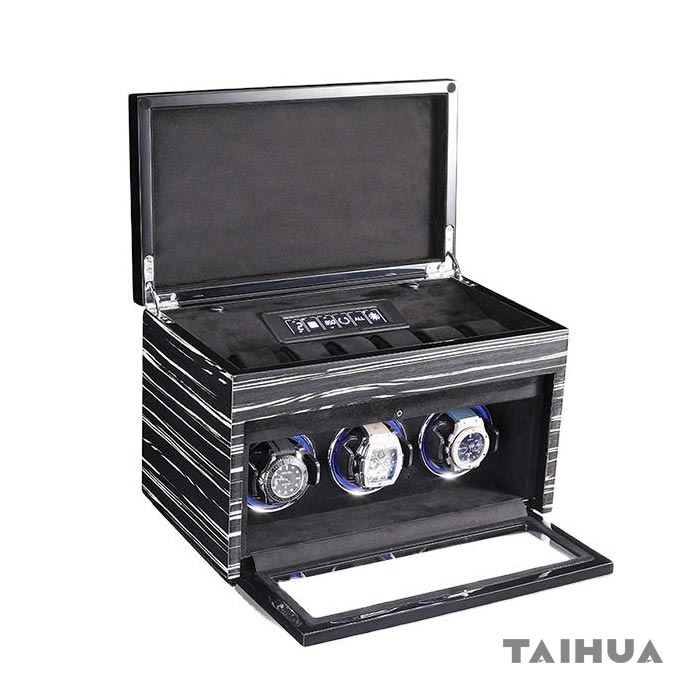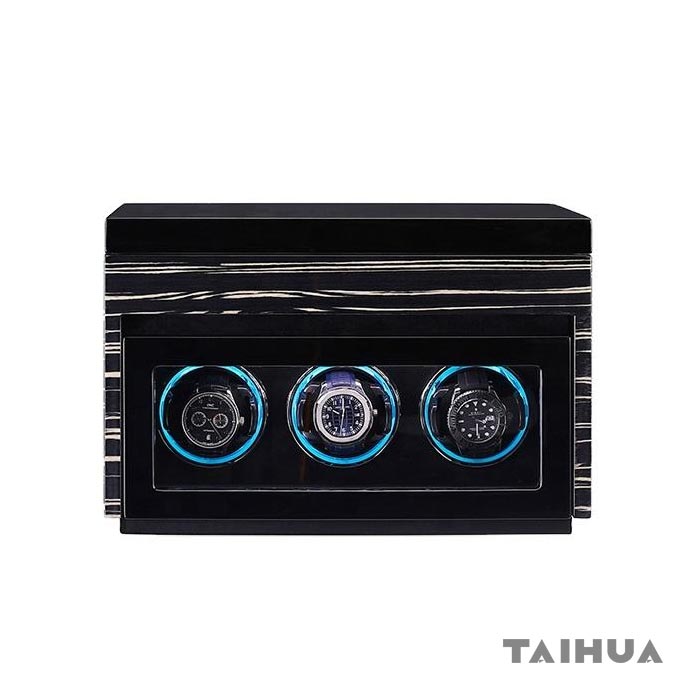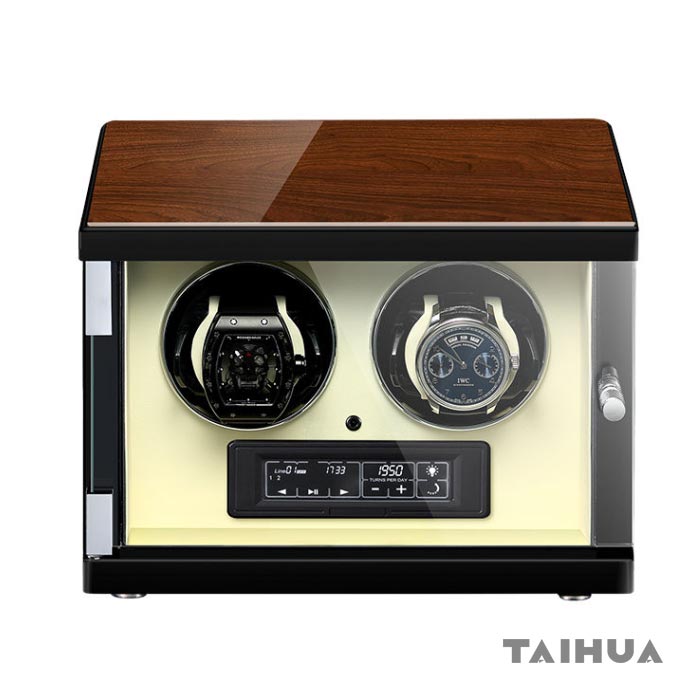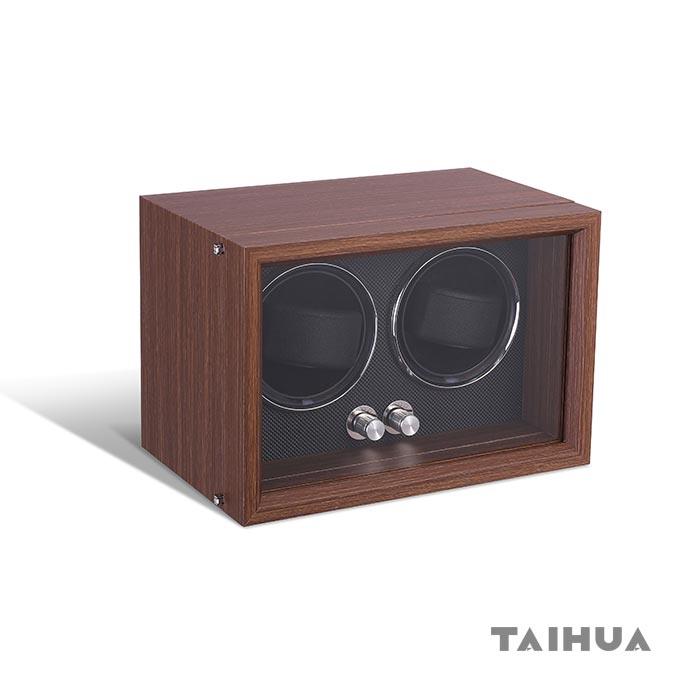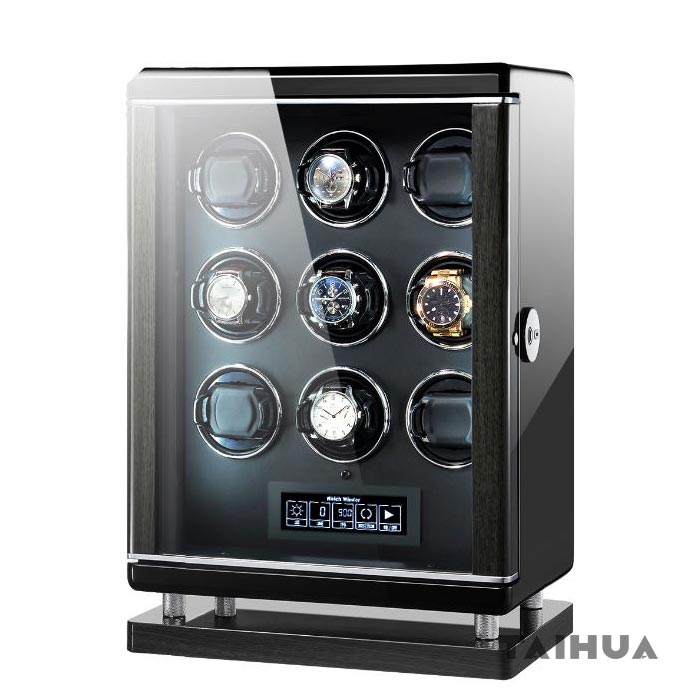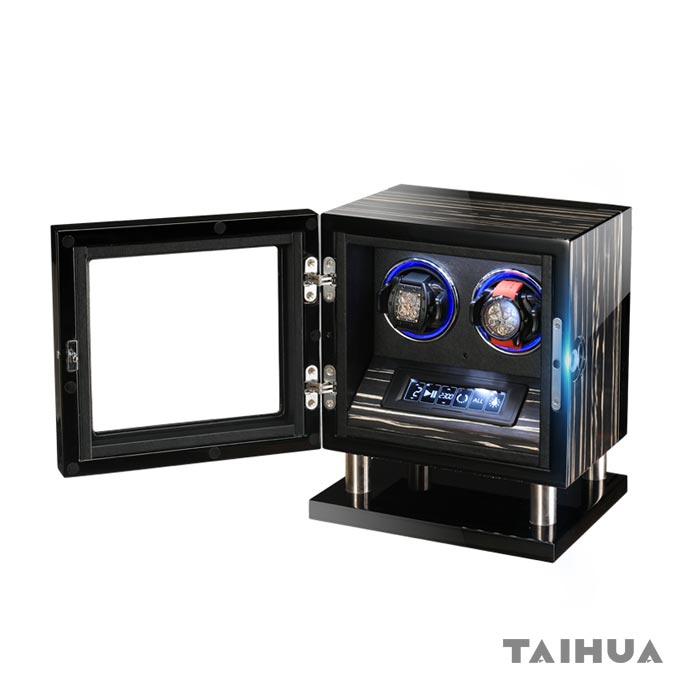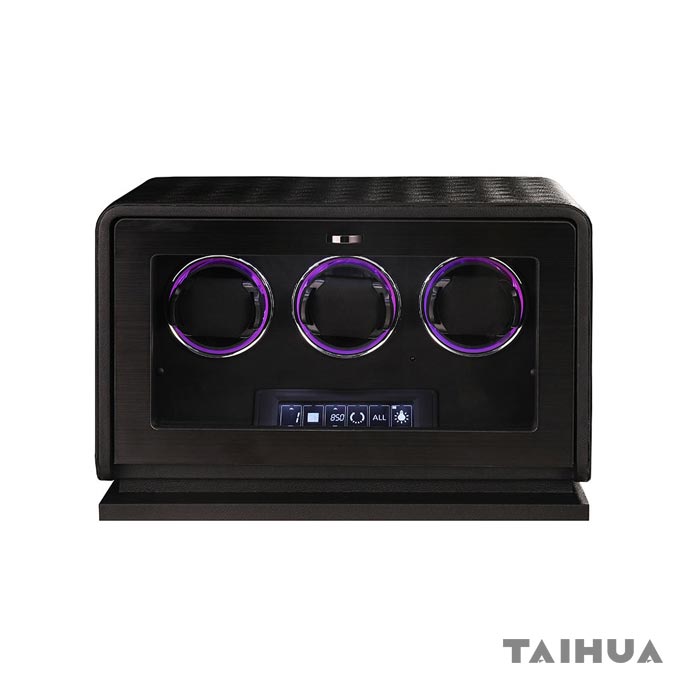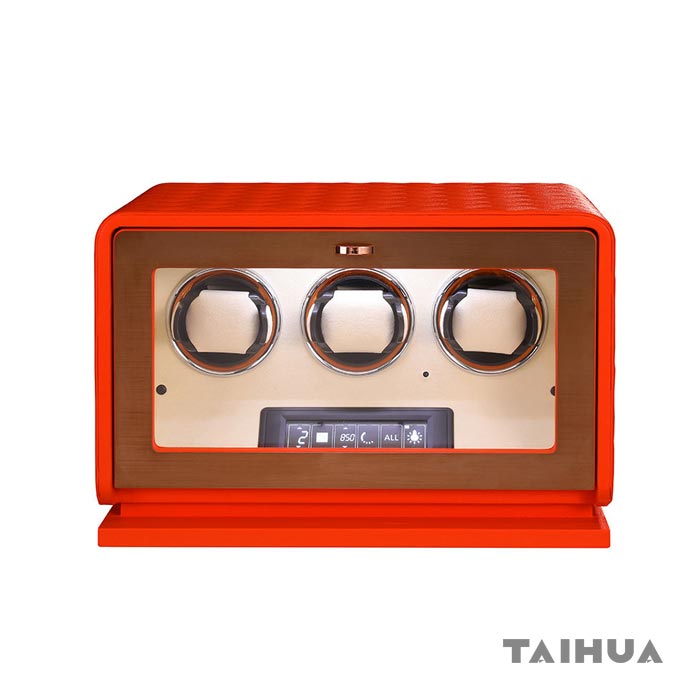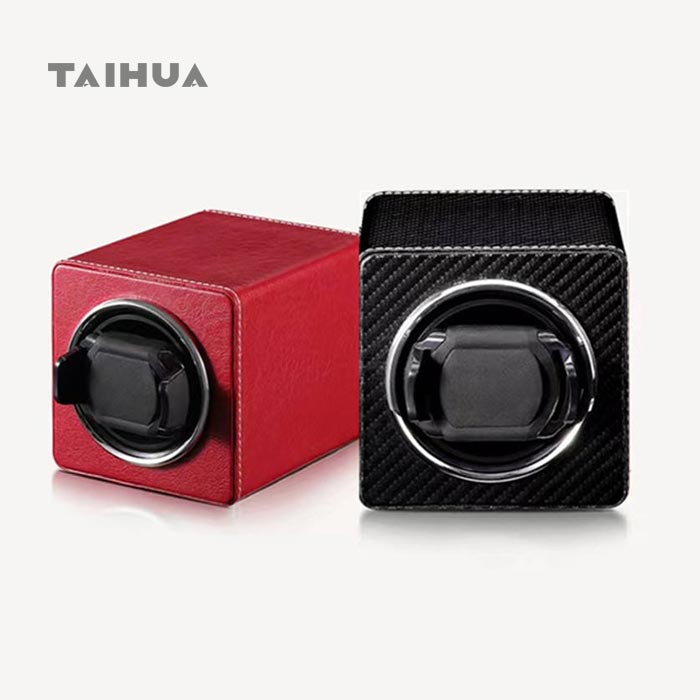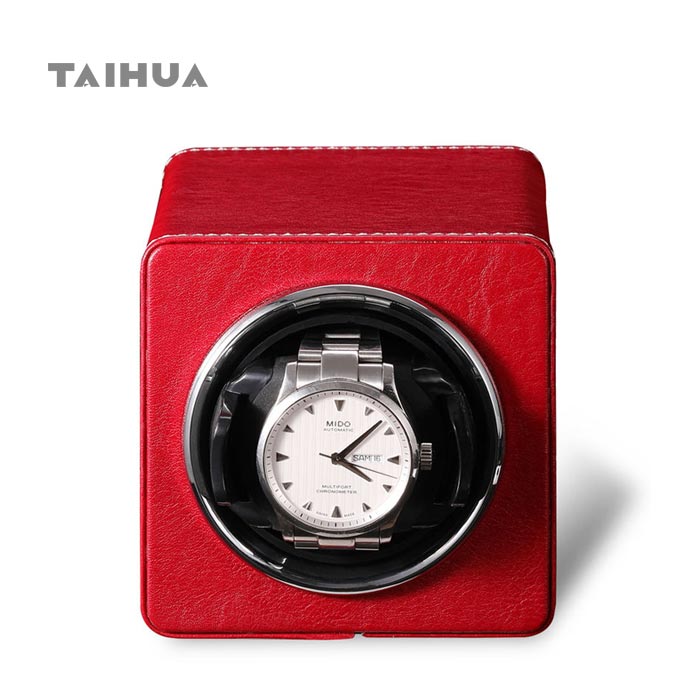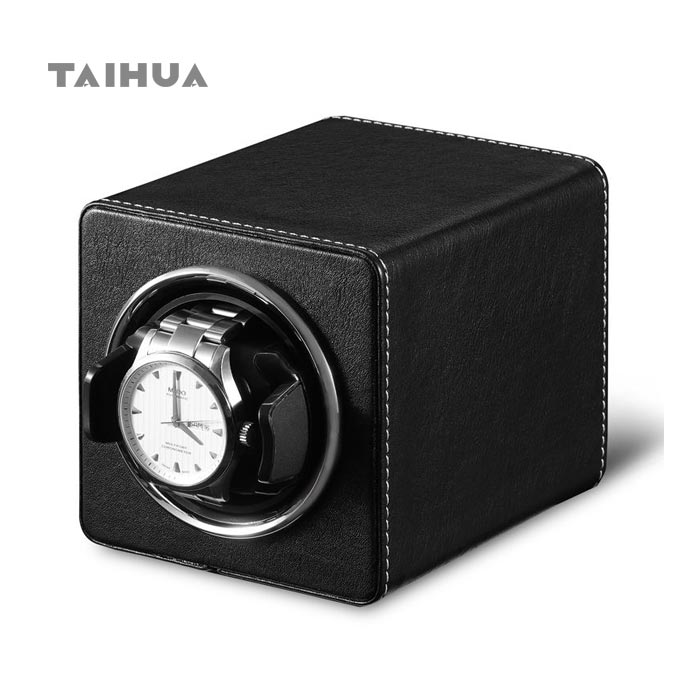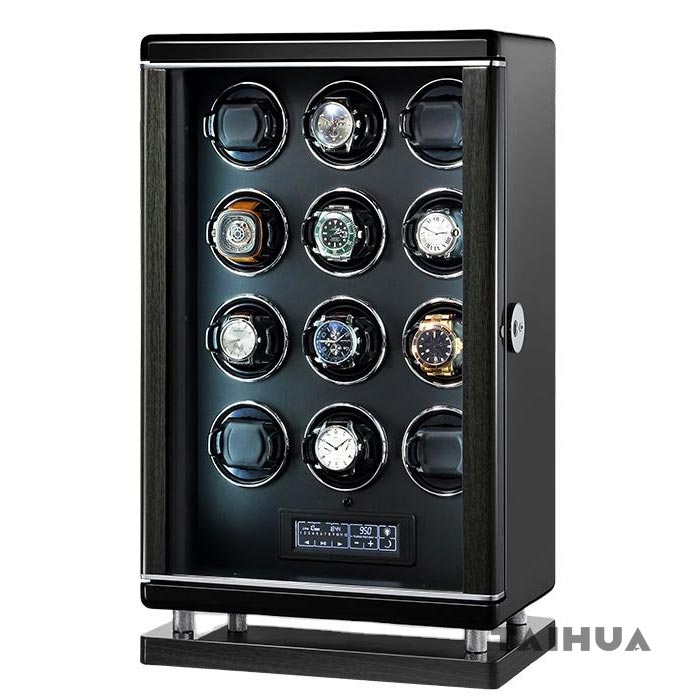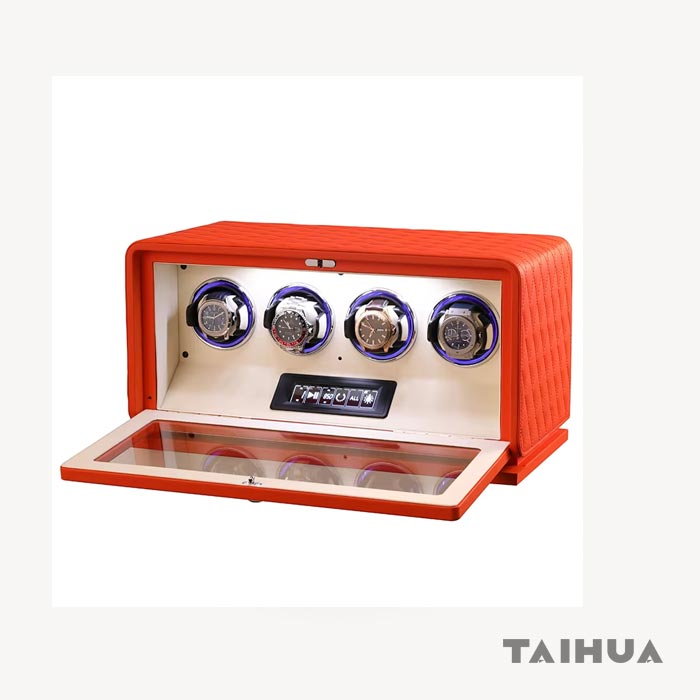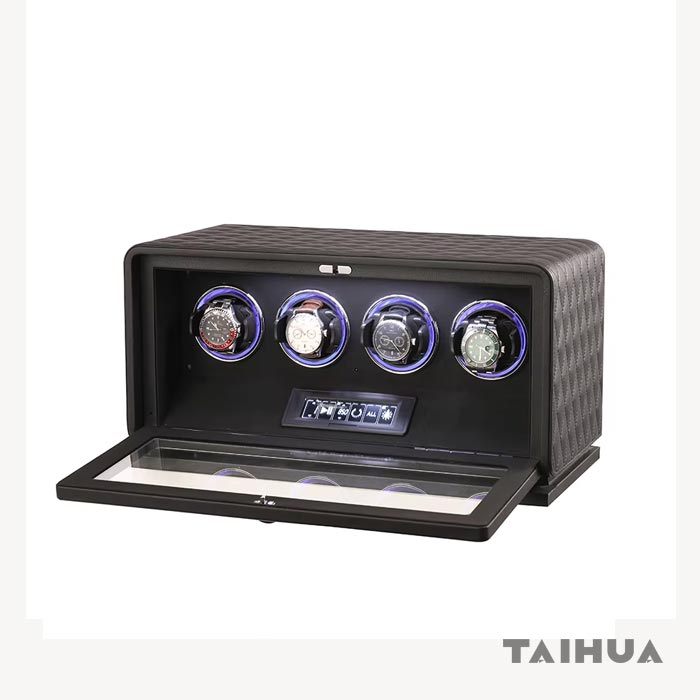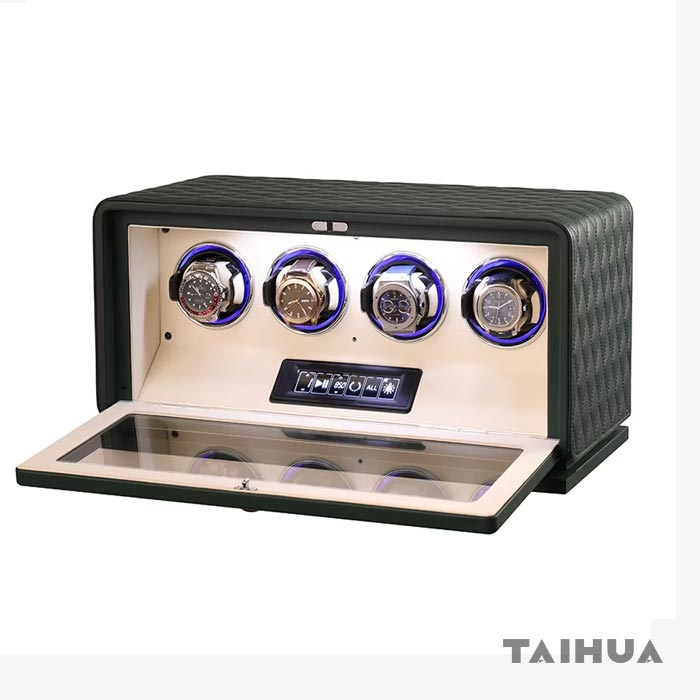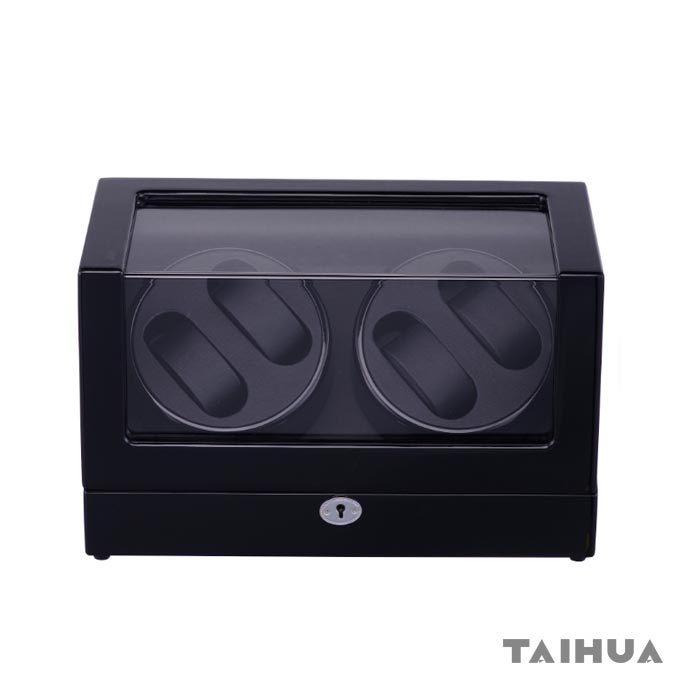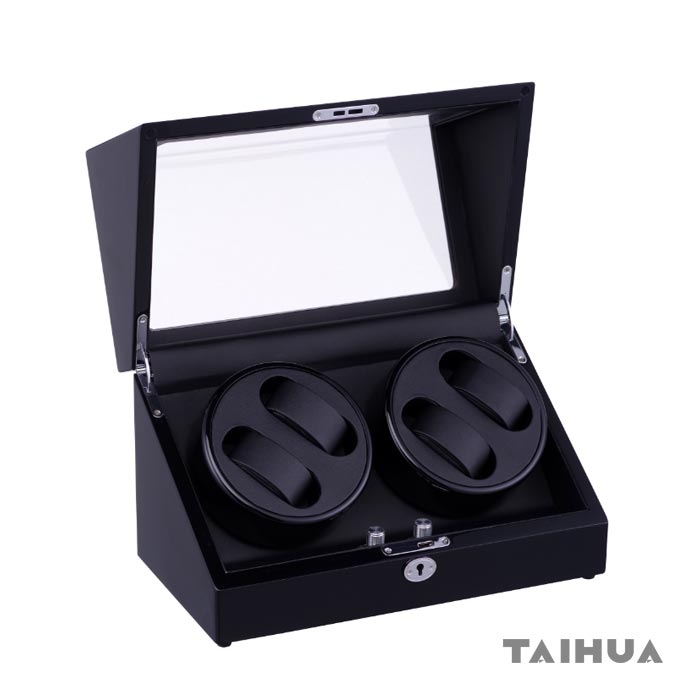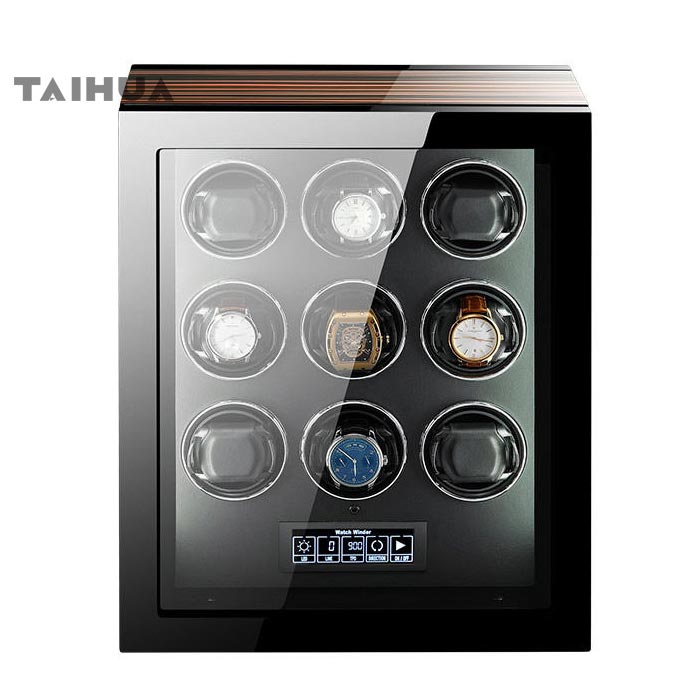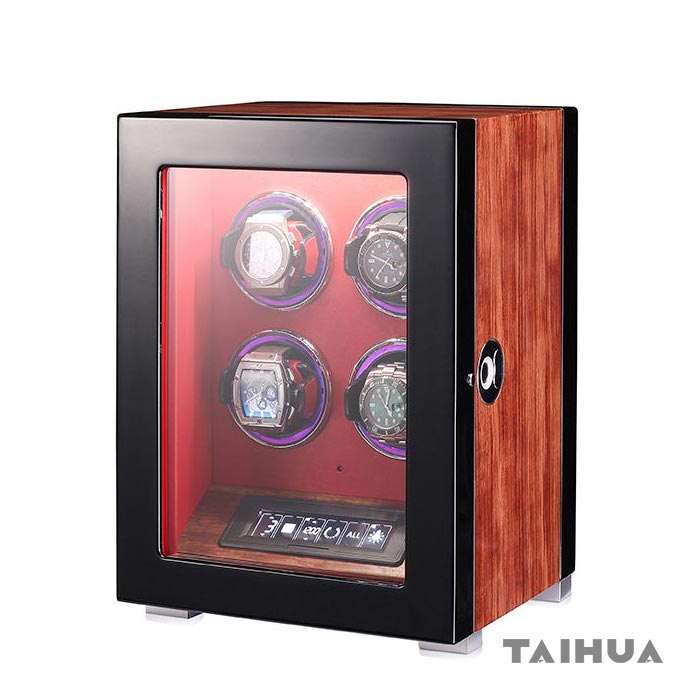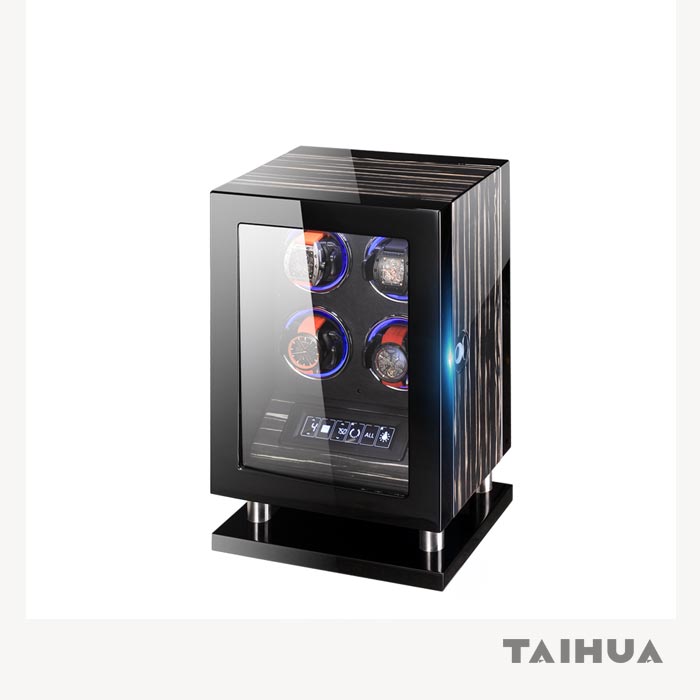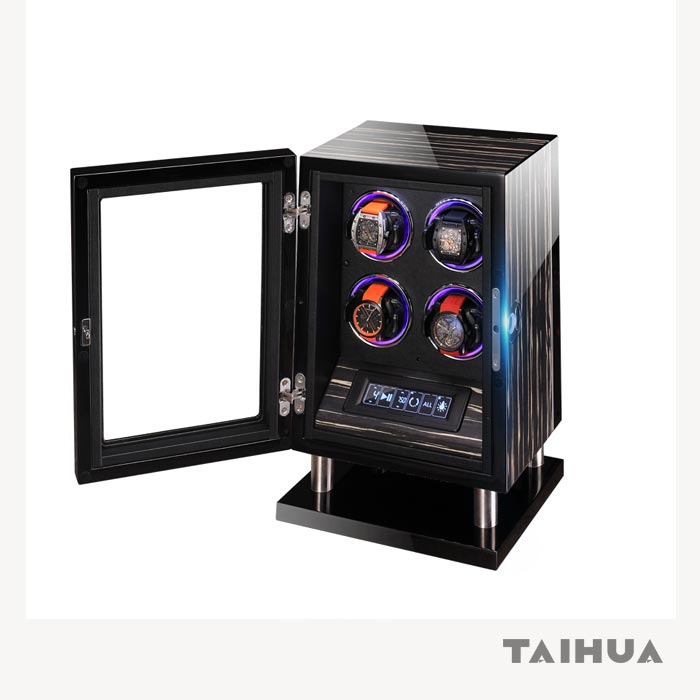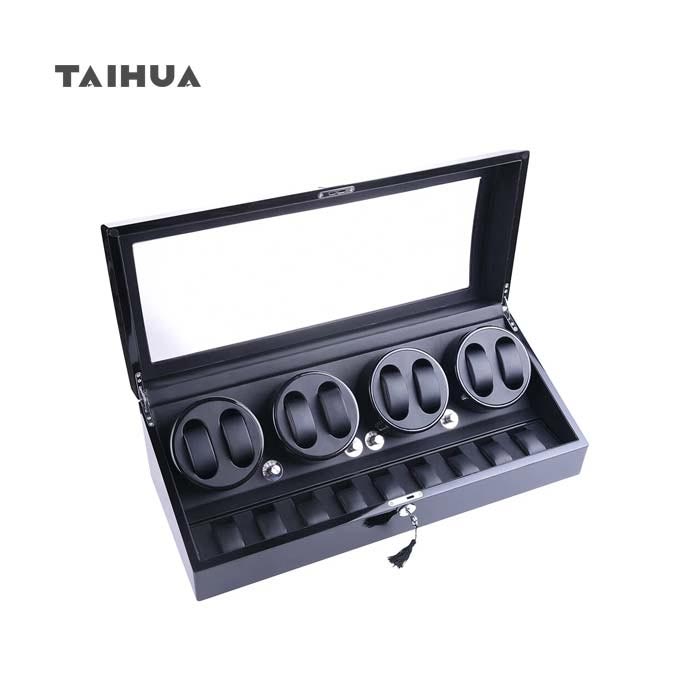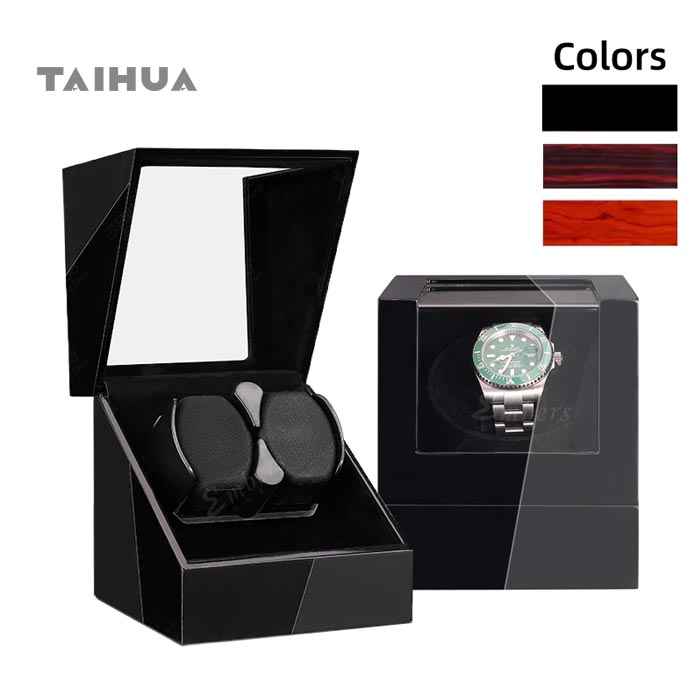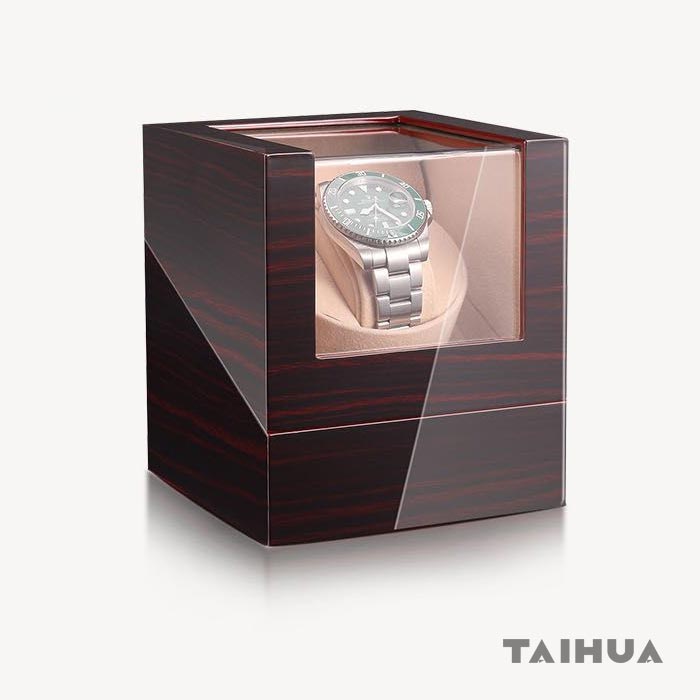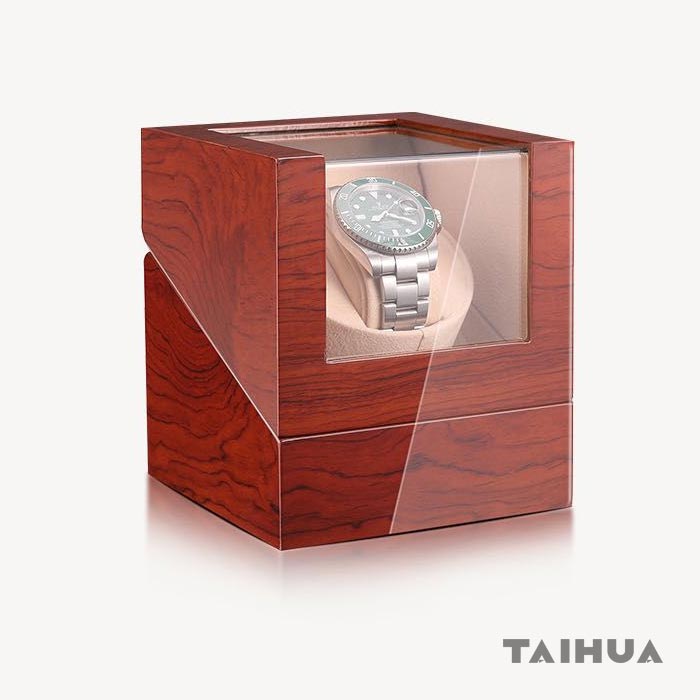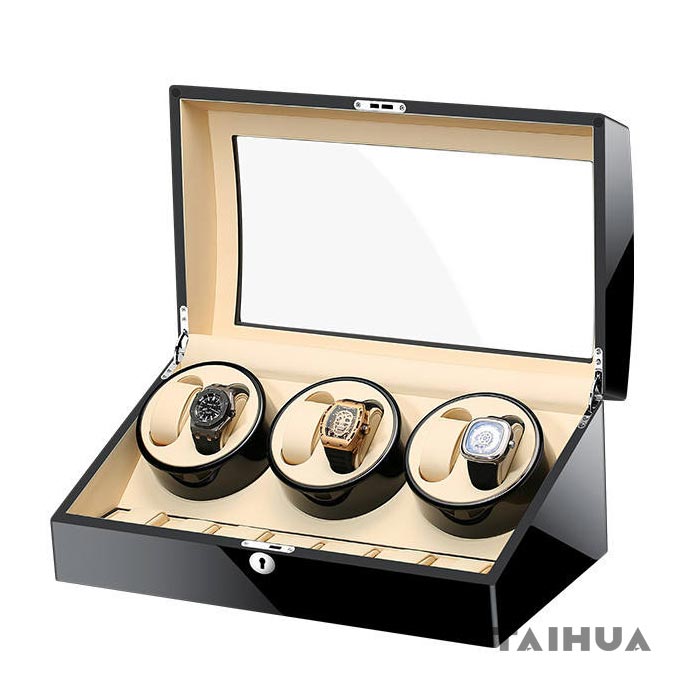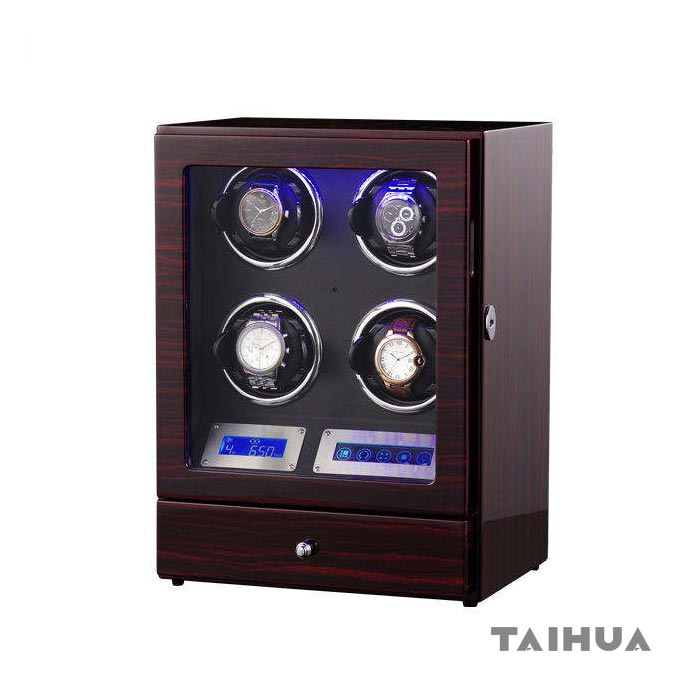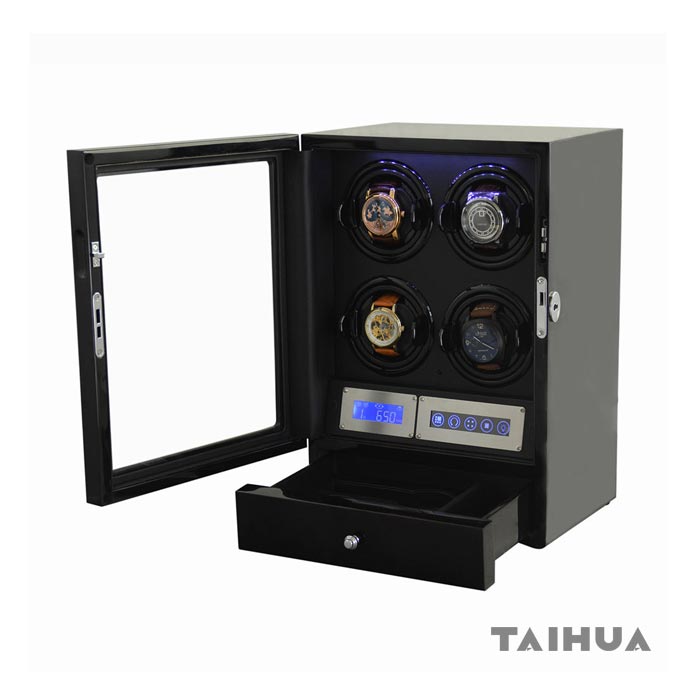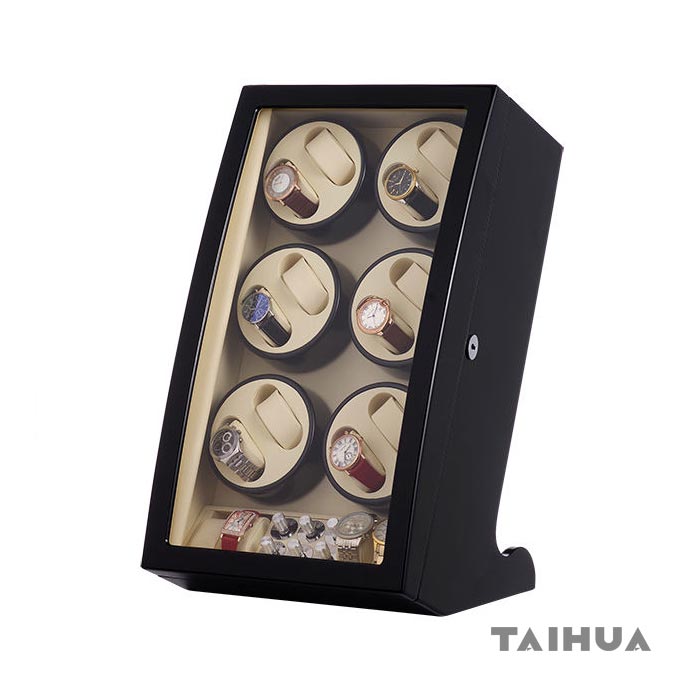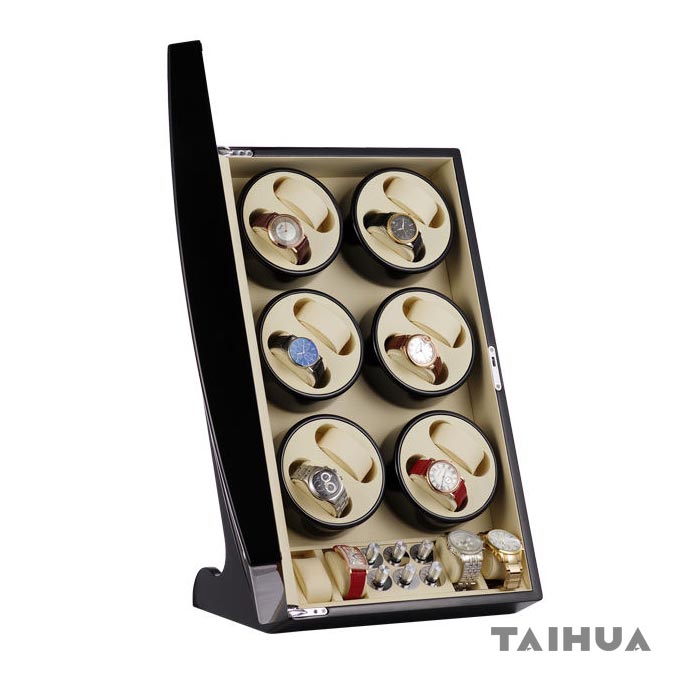If you own more than one automatic watch, keeping them both wound and ready to wear can be a challenge—especially if you don’t wear them daily. This is where a double watch winder comes in. It’s a smart, convenient accessory that keeps two automatic watches running smoothly, displaying them beautifully while maintaining their accuracy and longevity.
In this complete guide, we’ll explain what a double watch winder is, how it works, its benefits, how to choose the right one, and the best settings to use.
1. What Is a Double Watch Winder?
A double watch winder is a device designed to hold and rotate two automatic (self-winding) watches simultaneously. Automatic watches rely on wrist movement to wind the mainspring and keep the watch running. When not worn, they can stop after a day or two.
The winder gently rotates the watches in specific directions and intervals, simulating the motion of a wrist. This keeps both watches wound, prevents time and date reset, and ensures they’re always ready to wear.
2. How Does a Double Watch Winder Work?
A double watch winder operates using a motorized mechanism that turns watch holders (or cushions) inside a rotating drum. Most modern winders allow you to customize:
-
Rotation Direction –
- Clockwise (CW)
- Counterclockwise (CCW)
- Bi-directional (CW + CCW)
- Turns Per Day (TPD) – The number of rotations the winder makes per day, typically between 600–1200 TPD, depending on your watch’s movement.
- Interval & Rest Cycles – Many winders include rest periods to avoid overwinding and mimic natural wrist motion.
Each watch slot in a double winder usually has independent controls, so you can set different TPD and directions for each watch.
3. Why Use a Double Watch Winder?
✅ Convenience
No need to reset time, date, or complications (like moon phase or perpetual calendar) each time you wear the watch.
✅ Maintenance
Keeps internal lubricants evenly distributed, preventing them from hardening due to inactivity.
✅ Display & Storage
Elegant design doubles as a display case to showcase your watches while protecting them from dust and scratches.
✅ Ideal for Collectors
If you rotate between multiple watches, a double winder ensures both are always running accurately.
4. Who Should Use a Double Watch Winder?
A double watch winder is ideal for:
- Collectors with two or more automatic watches
- Watch enthusiasts who wear different watches daily
- Owners of watches with complex complications (perpetual calendars, moon phases, GMT)
- Professionals who want their watches always ready for wear
5. How to Choose the Right Double Watch Winder
When buying a double watch winder, consider these key factors:
⚙️ Adjustable Settings
Choose a winder that lets you control TPD and rotation direction for each slot. Different watches have different requirements.
? Power Options
- AC Adapter – Continuous power from wall outlet
- Battery Power – Convenient for safes or travel. Many models support both.
? Quiet Motor
Look for a silent or ultra-quiet motor (like Mabuchi motor) to avoid disturbance.
? Build Quality & Design
Wood, leather, or carbon-fiber finishes add elegance. Consider a soft interior and durable cover.
? Protection Features
Covers to keep out dust, safety locks, and soft cushions for large/small watch sizes.
? Extras
LED lighting, touchscreen controls, or memory functions can enhance usability.
6. Recommended TPD and Rotation Settings
Each automatic watch has its own winding requirements. If unknown, a safe general setting is:
- Direction: Bi-directional
- TPD: 650–800
- Cycle: Rotations in intervals (e.g., 3 minutes on, 27 minutes off)
Common examples:
| Watch Brand | Direction | TPD (Turns Per Day) |
|---|---|---|
| Rolex | Both directions | 650–800 |
| Omega | Clockwise | 650–800 |
| TAG Heuer | Clockwise | 650 |
| Breitling | Counterclockwise | 650–800 |
| Patek Philippe | Both directions | 800–900 |
Always check your watch’s manual or manufacturer’s website for exact settings.
7. How to Use a Double Watch Winder
- Set TPD and rotation direction for each watch.
- Secure the watch on the cushion, ensuring a snug fit.
- Insert the cushion into the winder slot.
- Power on and start rotation.
- Close the cover to protect from dust.
Keep your winder on a flat, stable surface, and avoid overloading.
8. Common Questions (FAQ)
? Will a watch winder overwind my watch?
No. Most automatic watches have a clutch mechanism that prevents overwinding. Quality winders also include rest cycles.
? Can I use one setting for both watches?
Only if both watches require the same TPD and rotation direction. Otherwise, use independent controls.
? Do I need a winder for quartz watches?
No. Quartz watches use batteries and don’t require winding.
? How long can I leave my watches on the winder?
Indefinitely, if the winder is high quality and uses proper rest intervals.

